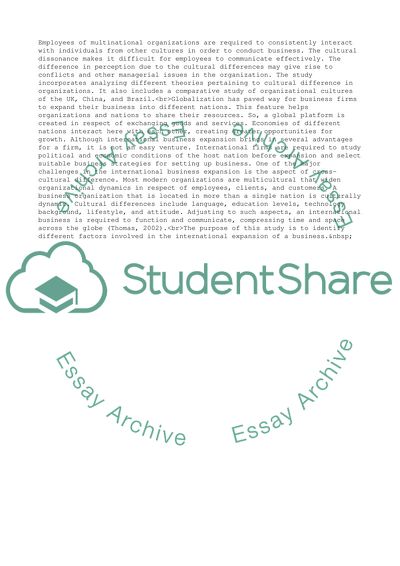Cite this document
(Cross-Cultural Management in International Expansion Essay - 1, n.d.)
Cross-Cultural Management in International Expansion Essay - 1. Retrieved from https://studentshare.org/business/1827203-please-set-up-the-topic-for-me-culture
Cross-Cultural Management in International Expansion Essay - 1. Retrieved from https://studentshare.org/business/1827203-please-set-up-the-topic-for-me-culture
(Cross-Cultural Management in International Expansion Essay - 1)
Cross-Cultural Management in International Expansion Essay - 1. https://studentshare.org/business/1827203-please-set-up-the-topic-for-me-culture.
Cross-Cultural Management in International Expansion Essay - 1. https://studentshare.org/business/1827203-please-set-up-the-topic-for-me-culture.
“Cross-Cultural Management in International Expansion Essay - 1”, n.d. https://studentshare.org/business/1827203-please-set-up-the-topic-for-me-culture.


